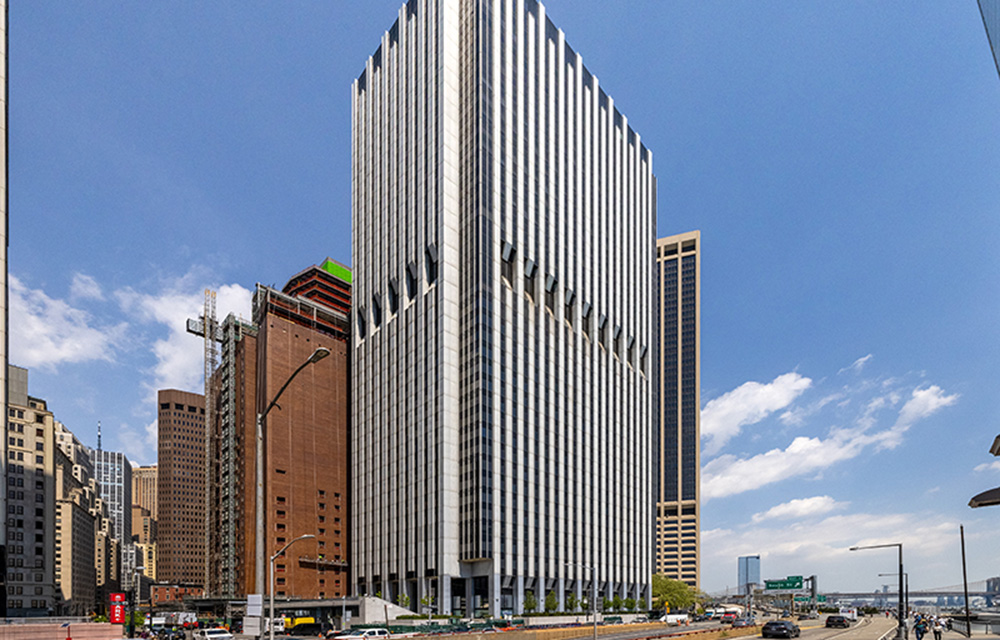News:
Brokerage
Posted: April 22, 2013
TD Economics: Housing market recovery will continue to lift commercial Real Estate
TD Economics, an affiliate of TD Bank, America's Most Convenient Bank®, released a special report today indicating that recovery in the housing market augers for continued improvement in U.S. commercial real estate over the next two years.
Despite challenges - including gradually rising interest rates and government spending cuts - the outlook for commercial real estate is positive. The U.S. economy is expected to grow by 1.9% in 2013 and accelerate to 2.8% in 2014. This growth will spur the creation of 4.8 million jobs over the next two years. As job growth accelerates, so too will demand for commercial real estate, leading to continued improvement in vacancy rates.
"The key difference between the initial recovery in commercial real estate and future growth will be the contribution of interest rates," said James Marple, TD Senior Economist and the author of the study. "As interest rates rise, the spread between commercial real estate yields and government Treasuries will narrow. Prospects for price growth will then depend on improving economic fundamentals."
Fortunately, there is every reason to believe this transition will take place. While economic growth will be held back by fiscal austerity over the next year, this will also reduce the risk of a major spike in interest rates that could set back the recovery in commercial real estate. "Rising interest rates are manageable as long as they are caused by faster economic growth. This is exactly what we anticipate," said Marple.
The TD Economics report looks at prospects across commercial real estate sectors. Government cutbacks will be a particular challenge for the office segment, which has both direct and indirect exposure to the sector. However, led by scientific and technical services, office employment is likely to continue to perform well and drive demand for this space.
The retail sector was hit particularly hard by the recession, given its close relationship with the housing market, but this will change as housing rebounds. Meanwhile, the 'onshoring' trend in manufacturing, driven in part by low energy costs due to the shale gas revolution, will increase demand for industrial space, especially in coastal markets that are more exposed to foreign trade. U.S. exports are likely to be one of the largest components of overall economic growth over the next several years. Finally, the apartment sector will see continued demand from renter households that will support ongoing growth in construction.
Regionally, across TD Bank's footprint, the South Atlantic is expected to see the strongest and most sustained commercial real estate growth as it was hit hardest by the construction downturn. In general, the strongest commercial real estate performance is likely to be in areas that have exposure to housing, energy and technology, and in those areas with less exposure to government cutbacks.
TD Economics provides analysis of global economic performance and forecasting, and is an affiliate of TD Bank, America's Most Convenient Bank®.
Tags:
Brokerage
MORE FROM Brokerage
Meridian Capital Group arranges 10-year retail lease for Mess at 236 West 10th St.
Manhattan, NY According to Meridian Capital Group, Jordan Langer, Noam Aziz and Carson Shahrabani of the firm’s retail leasing team have arranged a five-year lease at 236 West 10th St. in Greenwich Village

Columns and Thought Leadership

Strategic pause - by Shallini Mehra and Chirag Doshi
Many investors are in a period of strategic pause as New York City’s mayoral race approaches. A major inflection point came with the Democratic primary victory of Zohran Mamdani, a staunch tenant advocate, with a progressive housing platform which supports rent freezes for rent

Behind the post: Why reels, stories, and shorts work for CRE (and how to use them) - by Kimberly Zar Bloorian
Let’s be real: if you’re still only posting photos of properties, you’re missing out. Reels, Stories, and Shorts are where attention lives, and in commercial real estate, attention is currency.

Lasting effects of eminent domain on commercial development - by Sebastian Jablonski
The state has the authority to seize all or part of privately owned commercial real estate for public use by the power of eminent domain. Although the state is constitutionally required to provide just compensation to the property owner, it frequently fails to account

AI comes to public relations, but be cautious, experts say - by Harry Zlokower
Last month Bisnow scheduled the New York AI & Technology cocktail event on commercial real estate, moderated by Tal Kerret, president, Silverstein Properties, and including tech officers from Rudin Management, Silverstein Properties, structural engineering company Thornton Tomasetti and the founder of Overlay Capital Build,








.jpg)
.gif)
.gif)